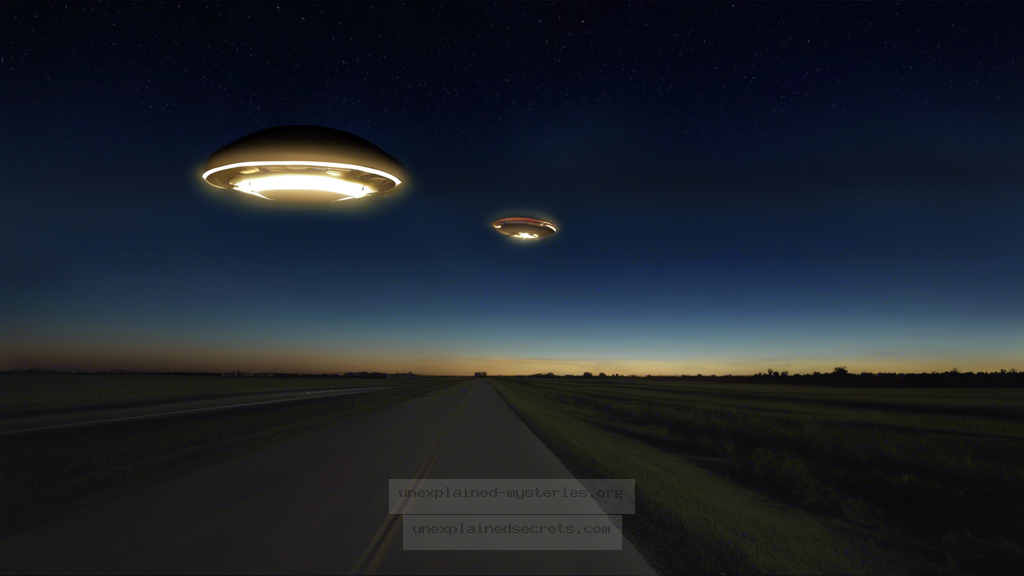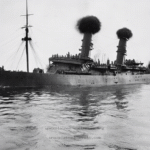What Really Happened During the 1973 Pascagoula UFO Incident?
What Really Happened During the 1973 Pascagoula UFO Incident?
The Pascagoula UFO incident remains one of the most compelling cases in the annals of unidentified flying objects and alien encounters. On the night of October 11, 1973, two men, Charles Hickson and Calvin Parker, reported an encounter with an extraterrestrial craft while fishing near the Pascagoula River in Mississippi. This incident is significant not only for its eyewitness accounts and the psychological implications of alleged alien contact but also for the myriad questions it raises about the nature of UFO phenomena. Understanding this case can offer insights into the broader context of extraterrestrial encounters and the societal reactions they provoke. Here, we delve into the details of the incident, the evidence presented, and the ongoing discourse surrounding it.
The Context of the Pascagoula Incident
The 1973 Pascagoula incident occurred during a time of heightened interest in UFOs in the United States, particularly following the infamous Watergate scandal and the Vietnam War. The public was increasingly drawn to alternative narratives, including the possibility of extraterrestrial life. The era was characterized by a mix of skepticism and fascination, fueled by sightings and reports of UFOs across the nation. The backdrop of this incident plays a crucial role in understanding how it was received and interpreted by both the public and the authorities.
The Eyewitness Accounts
On that fateful night, Charles Hickson and Calvin Parker were fishing when they reported seeing a bright light approaching them. Hickson described the object as an oval-shaped craft that landed nearby, emitting a whirring sound. Both men claimed they were then approached by three strange beings, described as having robotic movements and being roughly five feet tall with a greyish hue. Hickson reported feeling paralyzed and unable to move, while Parker was so terrified he fainted.
The duo’s narrative was compelling, as they recounted the incident in detail upon reporting it to the local authorities. Hickson’s account, in particular, was marked by emotional intensity, which some investigators argue adds credence to their claims. The police, initially skeptical, recorded their statements and later referred them to the Air Force, which investigated the incident.
The Investigation and Evidence
The Pascagoula incident was subject to a thorough investigation by the local sheriff’s department, the Air Force, and even the National Investigations Committee on Aerial Phenomena (NICAP). The police recorded the men’s statements, and Hickson even underwent a polygraph test, which he reportedly passed, adding a layer of credibility to their claims. The Air Force, however, concluded that the case did not warrant further investigation, citing a lack of physical evidence.
Key Points:
- Hickson and Parker’s initial reports were detailed and consistent.
- Hickson passed a polygraph test, which is often considered a strong indicator of truthfulness.
- The Air Force’s lack of interest highlighted the prevailing skepticism toward UFO encounters.
Core Concepts and Theories
Several theories have emerged to explain the Pascagoula incident, ranging from psychological phenomena to extraterrestrial visitation. Some psychologists suggest that Hickson and Parker experienced a form of mass psychogenic illness, where shared stress or anxiety could lead to a collective hallucination. Others argue that they may have encountered a secret military project or experimental aircraft, given the era’s Cold War context.
Conversely, proponents of the extraterrestrial hypothesis argue that the detailed accounts of the beings and their ship align with other UFO encounters reported during the same period. This theory posits that the Pascagoula incident is part of a larger pattern of alien encounters that have been documented worldwide.
Alternative Perspectives and Skepticism
Despite the compelling nature of the Hickson-Parker account, skepticism remains prevalent within the scientific community. Critics argue that the lack of physical evidence, such as landing marks or biological samples, undermines the credibility of the claims. Furthermore, the psychological state of the witnesses has been called into question, with some suggesting they may have been influenced by popular culture or previous UFO reports, leading to a false memory or confabulation.
Additionally, the media’s portrayal of the incident has been scrutinized. The sensationalist approach taken by many outlets may have exaggerated the event, leading to a cycle of misinformation that complicates the truth. This interplay between media and public perception plays a significant role in how such encounters are understood and accepted.
Common Misconceptions
One common misconception surrounding the Pascagoula incident is that it was a hoax or a fabricated story. While it’s true that many UFO sightings have turned out to be misidentified natural phenomena or deliberate fabrications, the evidence surrounding Hickson and Parker’s encounter is notably distinct. The consistency of their stories and the psychological evaluations they underwent indicate a deeper complexity than a mere prank.
Another misconception is that all UFO sightings are connected to extraterrestrial life. While many advocates for the extraterrestrial hypothesis exist, numerous explanations, including atmospheric phenomena, secret military technology, and psychological factors, must be considered. Each sighting requires a thorough investigation to determine the most plausible explanation.
Practical Implications for Investigation
For those interested in investigating UFO sightings or potential alien encounters, there are several best practices to follow. Documentation is crucial; recording details such as time, location, and environmental conditions can provide valuable context. Engaging with witnesses immediately after an event can also yield more accurate accounts, as memories can fade or alter over time.
Additionally, researchers should approach investigations with an open mind while maintaining a critical perspective. This balance helps in evaluating the evidence objectively and avoiding the pitfalls of confirmation bias, where one only seeks information that supports preconceived notions.
Future Developments and Ongoing Research
The Pascagoula incident continues to inspire interest, not just as a historical event but as a catalyst for ongoing research into UFO phenomena. Modern technology, such as enhanced recording devices and advanced analytical tools, allows for a more nuanced understanding of such encounters. The U.S. government’s recent acknowledgment of UFOs and the establishment of the Unidentified Aerial Phenomena (UAP) Task Force indicates a shift toward a more serious investigation of these occurrences.
Moreover, with the rise of citizen science and online communities dedicated to UFO research, there is a growing pool of data and perspectives to analyze. This collaborative approach can lead to new insights and potentially unravel the mysteries surrounding incidents like Pascagoula.
Conclusion
The 1973 Pascagoula UFO incident stands as a compelling case in the study of unidentified flying objects and potential extraterrestrial contact. With detailed eyewitness accounts, an extensive investigation, and a mixture of skepticism and belief, the incident encapsulates the complexities of human perception and the mysteries of the unknown. As we continue to explore such phenomena, the Pascagoula case serves as a reminder of the delicate balance between skepticism and open-minded inquiry, urging us to seek the truth while remaining vigilant against the allure of sensationalism.
Ultimately, whether one views the Pascagoula incident through the lens of extraterrestrial visitation or psychological phenomena, it remains a pivotal event that challenges our understanding of reality and the universe’s possibilities. As research evolves and new technologies emerge, the quest for answers about UFOs and alien encounters will undoubtedly continue, shaping our collective narrative about life beyond Earth.
Other Articles
Recent Posts
- What Happened to Flight MH370? The Conspiracy Theories That Still Haunt Us
- What Secrets Lurk Within the Walls of the Infamous Trans-Allegheny Lunatic Asylum?
- What Evidence Supports the Existence of Bigfoot in the Pacific Northwest?
- What Happened to the Indus Valley Civilization? Unraveling the Mysteries of Ancient Urban Life
- Can Telepathy Be Scientifically Proven Through Laboratory Evidence?







